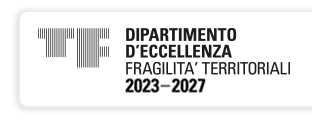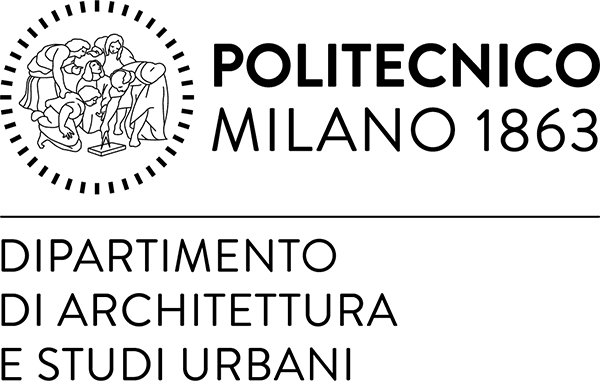
Traces of landscape / Desakota Freestyle
30/11/2023, h. 9:15 – 12:45
Politecnico di Milano, Campus Leonardo, Edificio 21, AULA 21.6.2
Webex
h. 9.15 – 11.15: Traces of landscape
Working with dynamic natural systems implies defining reading criteria useful for mapping the structure of a territory, for understanding its Genius loci.The landscape is considered in its anthropic dimension, as a set of signs referring to the internal relations of society, to the way the land is used based on a dualism between culture and nature. The resulting project, on an environmental scale, aims at combining and finding a balance between built and landscape, between functionality and environment, by developing new connections and new models of space appropriation, working on the main environmental vulnerabilities linked to the excessive anthropic load, to the fragmentation of the territory, and climate change.
Relatore: Ilaria Sangaletti, Pool Landscape
h. 11:15 – 12:45: Desakota Freestyle. Some ideas after the work of Sheng-Yuan Huang and Fieldoffice
Desakota Freestyle (dɛsəkotə ˈfriːˌstaɪl) is an architectural and urban design style developed by Sheng-Yuan Huang in the context of the Yilan, Taiwan redevelopment project since the 1990s. It combines bricolage with a liberal democratic ethos to address the unique landscape of desakota, an Asian urban form marked by diverse land uses amidst wet agriculture areas. D.f. focuses on public space quality, urbanity, and landscape features, and its built outcomes resemble landscape urbanism. It adapts to the socio-cultural context of desakota by creating loose assemblages of construction elements, catering to the needs of various urban stakeholders. D.f.’s aesthetic aligns with Chinese-speaking world aesthetics and emphasizes convenience and politeness over order, making it well-accepted by desakota inhabitants. Through connectivity and landscape-like landmarks, d.f. monumentalizes desakota’s landscape, transforming it into a political statement that represents the local unity of society and individual freedom. It offers material evidence of the socio-cultural characteristics of desakota and serves as a valuable case study in addressing the complexities of this urban form.
Relatori: Alessandro Martinelli, Yao-Ting Wu, Chunghsiung Wang – ‘Dean of the Department of Architecture at Shih Chien University
Responsabile: Sara Gangemi
gangemi.sara@polimi.it
Locandina Traces of Landscape
Locandina Desakota Freestyle





